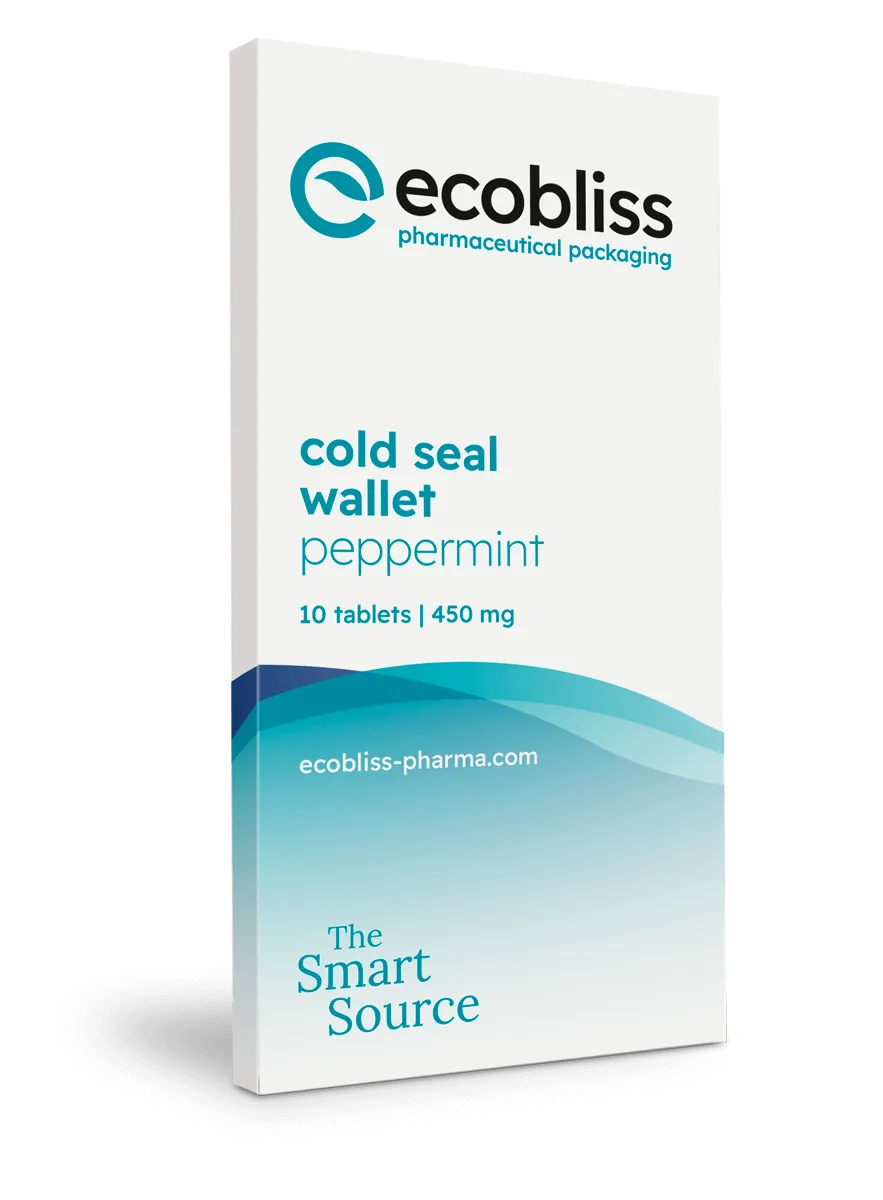The pharmaceutical industry, where precision and safety are paramount, relies heavily on the quality of its packaging. Pharmaceutical packaging materials are not just containers, but critical components ensuring the integrity, stability and security of medicinal products. In this blog we will tell you all about the different pharmaceutical packaging materials that are widely used. Furthermore, we look at the importance of rigorous testing and the stringent quality control measures that are imperative in this industry.
The importance of proper pharmaceutical packaging materials
Proper pharmaceutical packaging materials are indispensable for protecting the safety and effectiveness of medications. They act as a barrier against physical damage, moisture, light, and contamination throughout storage, handling, and transport, helping to preserve the stability and potency of the drug until it reaches the patient. Choosing the right materials also ensures compatibility with the product, preventing harmful interactions that can compromise quality or safety.
In addition, high-quality packaging supports clear labeling and traceability, which are vital for accurate dosing, regulatory compliance, and combating counterfeit products. This not only builds trust in the pharmaceutical supply chain but also enhances patient adherence and overall treatment outcomes. By prioritizing suitable pharmaceutical packaging materials, companies like Ecobliss Pharma help safeguard both public health and product integrity.
Packaging material options for pharmaceutical product
There are a number of pharmaceutical packaging materials that are commonly used. We have listed the most common ones:
1. Glass: an age-old favourite, glass is predominantly used in the pharmaceutical industry for its inert nature. This ensures that it does not react with the contents it holds. Glass vials, ampoules and bottles are common for liquid formulations, injectables and some solid forms like tablets and capsules. The non-porous nature of glass also offers an excellent barrier against moisture, gas and odours.
2. Plastics: plastics have revolutionized packaging with their versatility. High-Density Polyethylene (HDPE), Polyethylene Terephthalate (PET), and Polyvinyl Chloride (PVC) are widely used. Their lightweight, unbreakable nature and ability to be moulded into various shapes make them ideal for a range of products. These products include bottles, blister packs and dropper bottles. Advances in plastic technology also include biodegradable plastics, aligning with environmental sustainability goals.
3. Aluminium: known for its excellent barrier properties, aluminium is primarily used in blister packaging. It protects sensitive products from moisture, oxygen and light, thereby extending their shelf life. Aluminium foils are often used in combination with plastic and paper to create a multi-layered package that is both durable and user-friendly.
4. Paper and board: paper and board packaging material for pharmaceutical product is used mainly for secondary packaging like boxes, cartons and labels. It is very important for providing product information, branding and tamper evidence. Recyclable and biodegradable, these materials are becoming increasingly popular due to their lower environmental impact.
Testing of pharmaceutical packaging materials
Ensuring the compatibility and stability of pharmaceutical products with their packaging is critical. This is where the testing of pharmaceutical packaging materials plays a vital role. Tests are designed to assess the chemical compatibility, physical integrity and protective capability of packaging materials. These include:
· Permeation testing: evaluates how effectively packaging materials act as a barrier against gases, moisture, oxygen, and volatile compounds. This testing helps determine whether external elements can migrate through the packaging over time and potentially degrade the pharmaceutical product. It is especially important for moisture-sensitive drugs and formulations that are vulnerable to oxidation, as even minimal permeation can affect stability, shelf life, and therapeutic performance.
· Leakage testing: ensures that containers are properly sealed and maintain their integrity throughout storage, transportation, and handling. This testing identifies microscopic leaks or seal defects that could allow air, micro-organisms, or liquids to enter or escape the package. Reliable leakage testing reduces the risk of contamination, dosage loss, and compromised sterility, particularly for injectable and liquid pharmaceutical products.
· Compatibility testing: assesses potential interactions between the packaging material and the pharmaceutical product over time. This includes evaluating risks such as chemical reactions, adsorption of active ingredients onto the packaging surface, or the migration of substances from the packaging into the drug. Compatibility testing helps confirm that the packaging does not alter the product’s composition, safety, or effectiveness during its entire shelf life.
These tests are not only essential for product safety but are also mandated by regulatory bodies such as the FDA and EMA. Guidelines like ICH Q1A require thorough stability and compatibility testing as part of the drug approval process. Real-world examples highlight the importance of these tests — such as the discovery of glass delamination in vials or the leaching of plasticizers from certain polymers into drug formulations. By identifying these risks early, manufacturers can adapt materials or processes to preserve drug efficacy and protect patient health.
Quality control of packaging material for pharmaceutical product
Quality control is non-negotiable in pharmaceutical materials. It encompasses:
· Material inspection: raw materials are rigorously inspected for defects, impurities and compliance with regulatory standards.
· Process control: continuous monitoring of the manufacturing process to ensure consistency and quality of the packaging.
· Final product testing: finished pharmaceutical packaging materials undergo tests for durability, sterility (where applicable) and compliance with specified requirements.
The choice of packaging material used for pharmaceutical product is a critical decision that impacts the efficacy, safety and shelf life of medical products. With evolving technologies and increasing regulatory demands, the industry continues to innovate in both materials and testing methodologies. For those seeking to learn more or those who require expert assistance in pharmaceutical packaging materials and solutions, we invite you to connect with our team directly through the contact button on our website. Or click here for more information on pharmaceutical contract packaging.
Request a free sample now!










